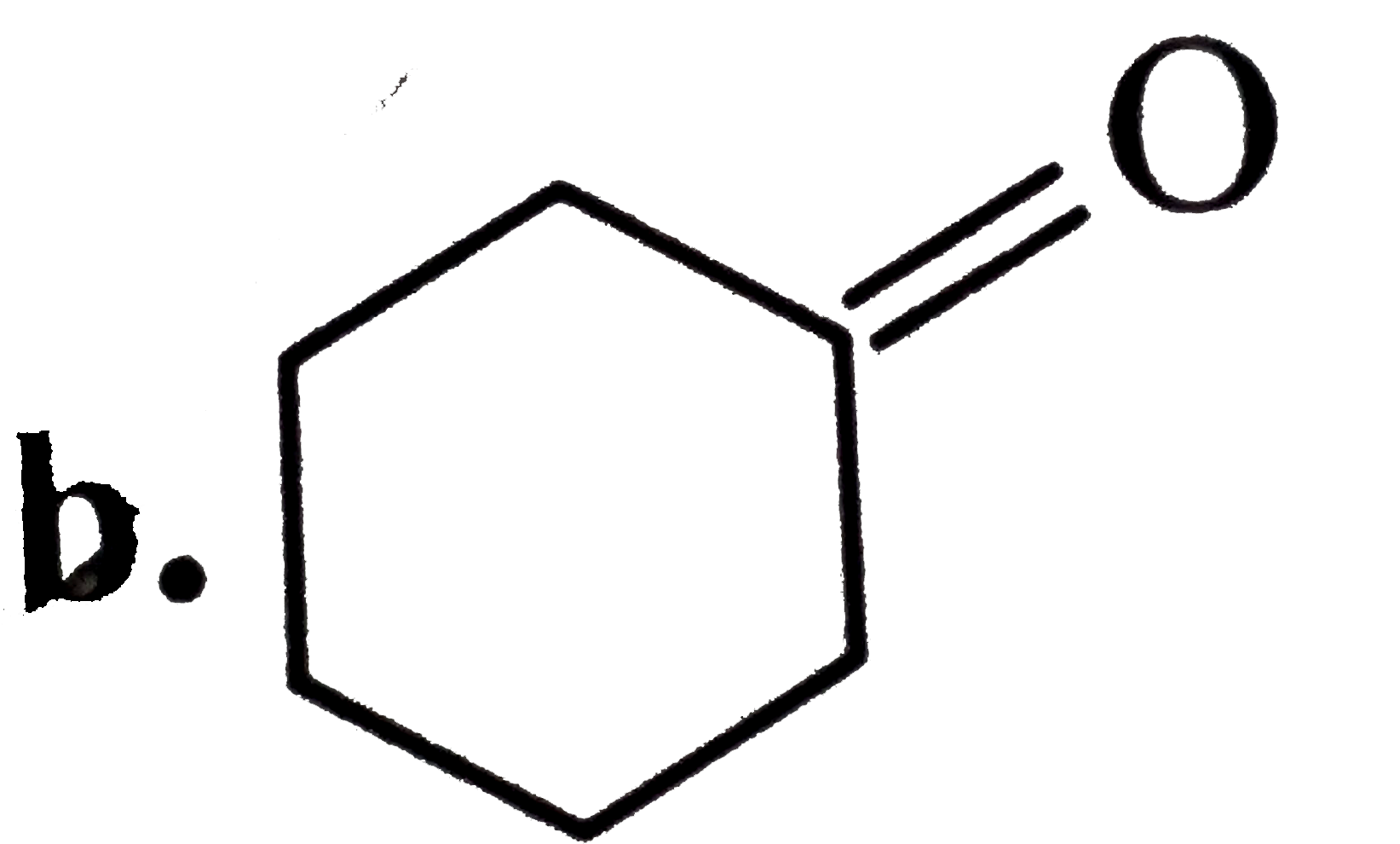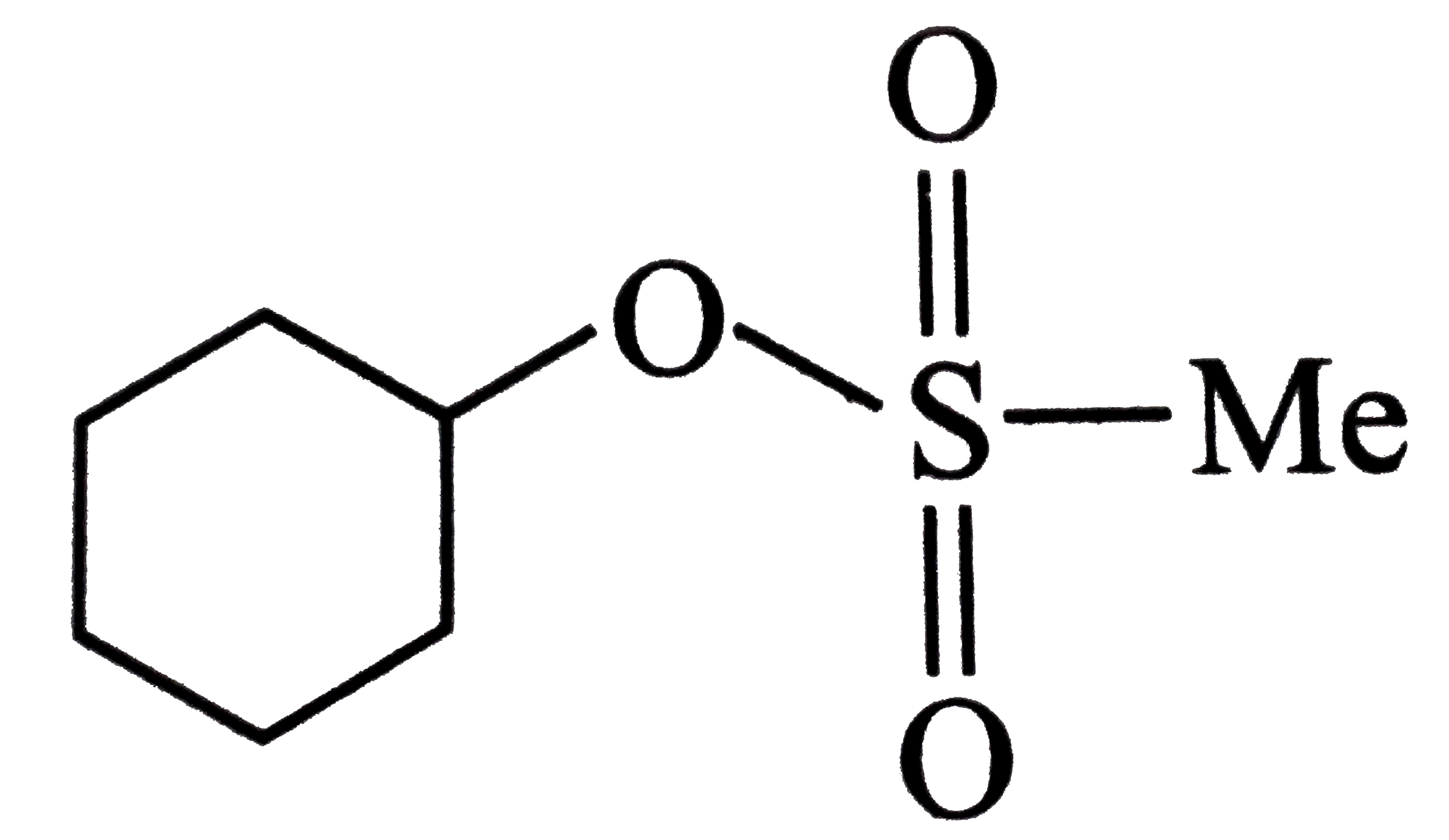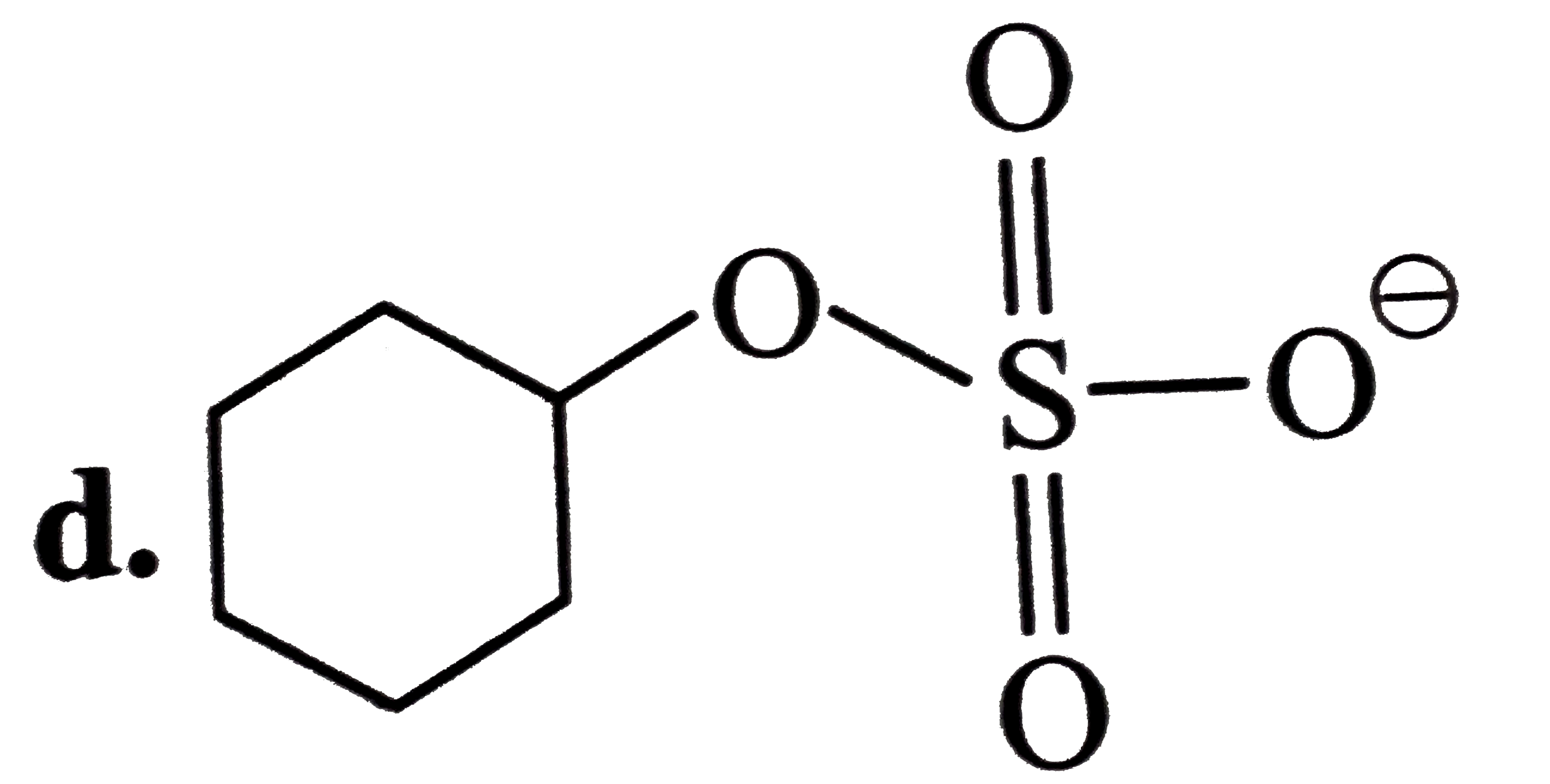
Prodect (B) is:




The correct Answer is:B
Step by step video & image solution for Prodect (B) is: by Chemistry experts to help you in doubts & scoring excellent marks in Class 12 exams.
Updated on:21/07/2023Topper's Solved these Questions
- ALIPHATIC AND AROMATIC ALDEHYDES AND KETONESBOOK - CENGAGE CHEMISTRY ENGLISHCHAPTER - ALIPHATIC AND AROMATIC ALDEHYDES AND KETONESEXERCISE - Exercises Assertion-Reasoning
6 Videos
- ALIPHATIC AND AROMATIC ALDEHYDES AND KETONESBOOK - CENGAGE CHEMISTRY ENGLISHCHAPTER - ALIPHATIC AND AROMATIC ALDEHYDES AND KETONESEXERCISE - Archives Objective
10 Videos
- ALIPHATIC AND AROMATIC ALDEHYDES AND KETONESBOOK - CENGAGE CHEMISTRY ENGLISHCHAPTER - ALIPHATIC AND AROMATIC ALDEHYDES AND KETONESEXERCISE - Exercises Multiple Correct
33 Videos
- ALCOHOL,PHENOL AND ETHERSBOOK - CENGAGE CHEMISTRY ENGLISHCHAPTER - ALCOHOL,PHENOL AND ETHERSEXERCISE - Archives Analytical And Descriptive
15 Videos
- APPENDIX INORGANIC VOLUME 2BOOK - CENGAGE CHEMISTRY ENGLISHCHAPTER - APPENDIX INORGANIC VOLUME 2EXERCISE - Short Answer Type
179 Videos
Similar Questions
A and B are square matrices such that det. (A)=1,BBT=I, det (B)>0, and A( adj. A + adj. B)=B.
The value of det (A+B) is
View SolutionA body is prodected with initial velocity(5ˆi+12ˆi) m//s from origin . Gravity acts in negative y direction. The horizontal rang is (Take g = 10 m/s2)
View SolutionIf AandB are two square matrices such that B=−A−1BA,then(A+B)2 is equal to a.A2+B2 b. O c. A2+2AB+B2 d. A+B
View SolutionIf A and B are symmetric matrices of order n(A≠B) then (A) A+B is skew symmetric (B) A+B is symmetric (C) A+B is a diagonal matrix (D) A+B is a zero matrix
View SolutionThe product (a+b)(a−b)(a2−ab+b2)(a2+ab+b2) is equal to:
(a)a6+b6
(b) a6−b6
(c) a3−b3
(d) a3+b3
View SolutionIf A=[aij]m×nandB=[bij]n×p then (AB)′ is equal to (A) BA′ (B) B'A (C) A'B' (D) B'A'
View SolutionIn ABC , ray AD bisects ∠A and intersects BC in D . If BC=a , AC=b and AB=c , prove that BD=acb+c (ii) D C = abb+c
View SolutionLet A=⎡⎢⎣2b1bb2+1b1b2⎤⎥⎦ where b>0. Then the minimum value of det.(A)b is
View SolutionIf a, b and c are three coplanar vectors. If a is not parallel to b, show that c=∣∣∣c⋅aa⋅bc⋅bb⋅b∣∣∣a+∣∣∣a⋅ac⋅aa⋅bc⋅b∣∣∣b∣∣∣a⋅aa⋅ba⋅bb⋅b∣∣∣.
View SolutionThe product of a and b is added to their sum is written as
(a)ab+a+b
(b) a+b−ab
(c) a+ab
(d) a+ab−b
View Solution
